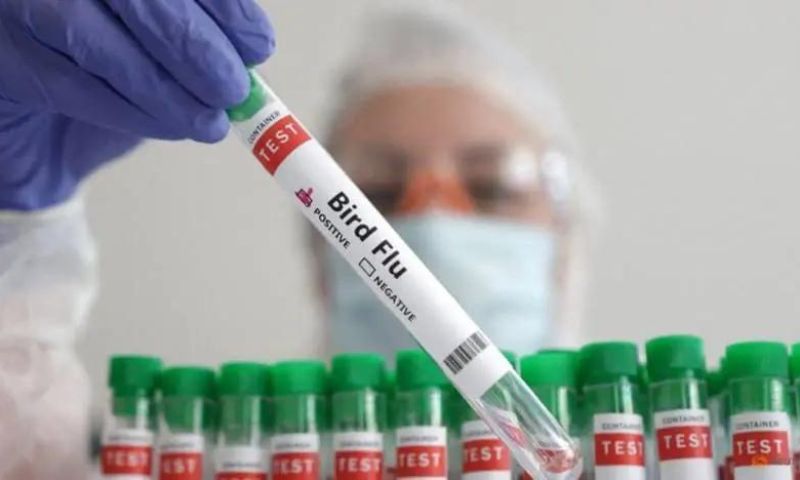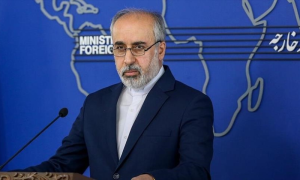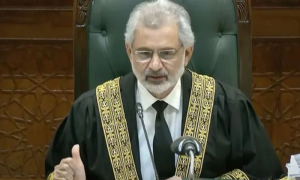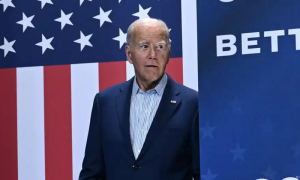GENEVA: The World Health Organization (WHO) on Monday announced a new project to accelerate the development in poorer countries of vaccines for human bird flu infections using cutting-edge messenger RNA (mRNA) technology, with a focus on supporting poorer countries.
The project, spearheaded by the Argentinian manufacturer Sinergium Biotech, marks a significant step forward in the fight against H5N1 avian influenza. Sinergium has already commenced work on developing candidate vaccines using mRNA technology, which has proven effective in responding to infectious diseases like COVID-19.
Since its emergence in 1996, the H5N1 bird flu virus has caused sporadic outbreaks among birds. However, since 2020, there has been a surge in cases, with the virus increasingly infecting mammals, including cattle in the US and a few humans. This has raised concerns about the potential for H5N1 to cause a future pandemic.
The WHO’s initiative aims to create proof-of-concept for mRNA-based H5N1 vaccines through preclinical trials. Once these initial results are achieved, the technology, materials, and expertise will be disseminated to a network of manufacturers in lower-income countries. This will enable these nations to accelerate their own vaccine development and production processes.
The project builds upon the WHO’s mRNA Technology Transfer Programme, established in 2021 in collaboration with the UN-backed Medicines Patent Pool (MPP). This program was designed to address the stark vaccine inequities exposed during the COVID-19 pandemic by helping low- and middle-income countries develop and produce their own mRNA vaccines.
mRNA technology works by instructing the body to produce a protein that triggers an immune response, effectively training the immune system to fight off specific infections. The success of mRNA COVID-19 vaccines has demonstrated the technology’s potential, but it has also highlighted global disparities in vaccine access and distribution.
“This initiative exemplifies why WHO established the mRNA Technology Transfer Programme,” said WHO Director-General Tedros Adhanom Ghebreyesus. “Our goal is to foster greater research, development, and production capabilities in low- and middle-income countries, ensuring that the world is better prepared for future pandemics.”
The mRNA Technology Transfer Programme currently includes 15 manufacturing partners spanning countries from South Africa to Ukraine and Vietnam. By providing these partners with the tools and knowledge needed to produce mRNA vaccines, the WHO hopes to build sustainable vaccine production capacities that can quickly adapt to emerging health threats.
Martin Friede, head of the WHO’s vaccine research unit, emphasized the advantages of mRNA technology. “The flexibility of mRNA allows us to develop not only COVID-19 vaccines but also vaccines for other diseases like H5N1, and even therapeutics,” Friede told reporters. “If the demand for H5N1 vaccines wanes, these facilities can pivot to producing other essential vaccines or treatments, thus maintaining their operational viability.”























